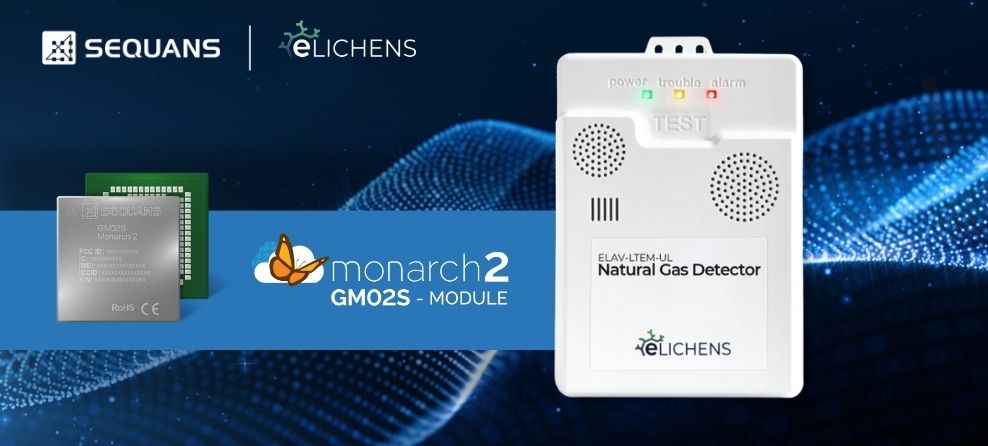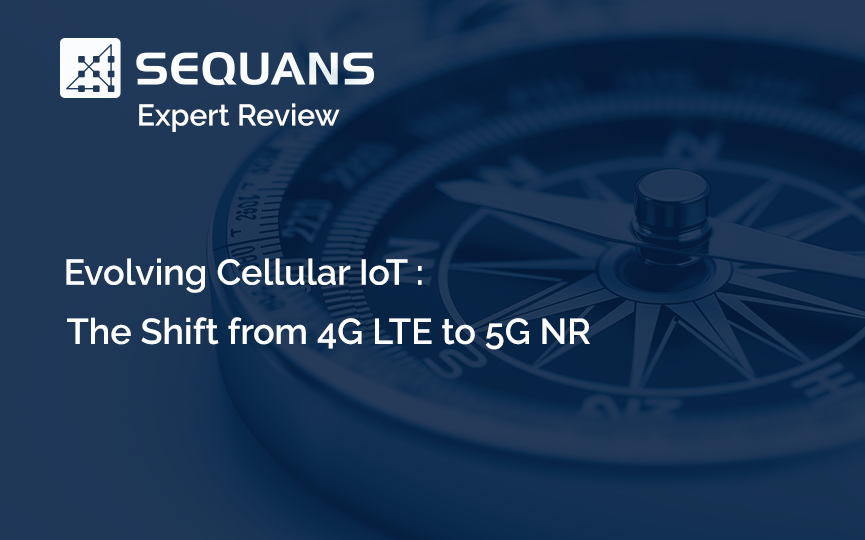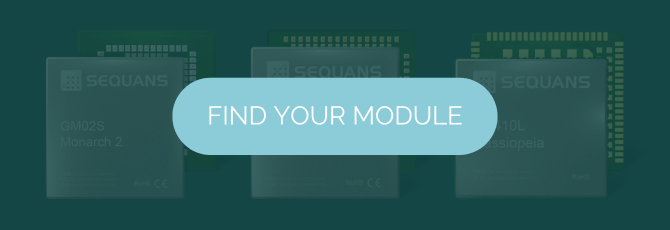Among the top use cases in IoT is environmental monitoring in energy distribution networks whereby sensor devices are deployed to detect and measure various environmental parameters such as flow rates, pressure, or temperature.
According to industry analysts there is a strong and growing market for industrial IoT (IIoT) applications like this, and in the oil and gas industry alone, the market is expected to grow from USD 6.26 billion in 2023 to USD 7.97 billion by 2028 (Mordor Intelligence, 2023). With its ability to interconnect devices and sensors to gather, analyze, and exchange data in real-time, IoT offers a wide range of benefits to oil and gas utilities, including cost reduction, improved safety, and environmental protection.
IIoT sensing networks can monitor potential dangers such as gas leaks or oil spills, enabling them to respond immediately with corrective action when something unusual occurs. This ability to react quickly can have a very positive impact on reducing emissions and thereby reducing the large impact oil and gas industries currently have on climate change—and this is a primary goal of the net zero programs that are driving the energy industry today.
eLichens, a leading provider of infrared sensors and detectors, is harnessing the power of cellular IoT technology and has developed a new natural gas detector that is connected by LTE-M/NB-IoT. The new detector, called Avolta, was designed specifically to reduce gas emissions by detecting and stopping leaks immediately. It is based on eLichens’ patented optical natural gas detection technology that uses near-infrared spectroscopy to detect methane’s unique signature on the light spectrum, delivering very high accuracy.
According to Wahid Issa, CEO of eLichens, “Accelerating the deployment of natural gas detection across the entire energy value chain is becoming an essential part of the global effort to reduce greenhouse gas emissions.”
The benefits of connecting Avolta with ultra-reliable licensed cellular technology are many, including its always on availability and scalability, benefits not available with proprietary IoT or Wi-Fi. A gas utility deploying the cellular-connected Avolta in its energy distribution network can deploy and scale devices in its network at will—simply and easily– without the need for complex infrastructure, ensuring uninterrupted operational efficiency.

The Avolta NGD is connected by Sequans Monarch 2 GM02S LTE-M/NB-IoT module. Monarch 2 represents the state-of-the-art in cellular IoT connectivity, delivering advanced features and industry-leading low power consumption for long battery life. Monarch also supports integrated eSIM via its secure enclave that has been certified at the EAL5+ security level, the highest in the industry.




